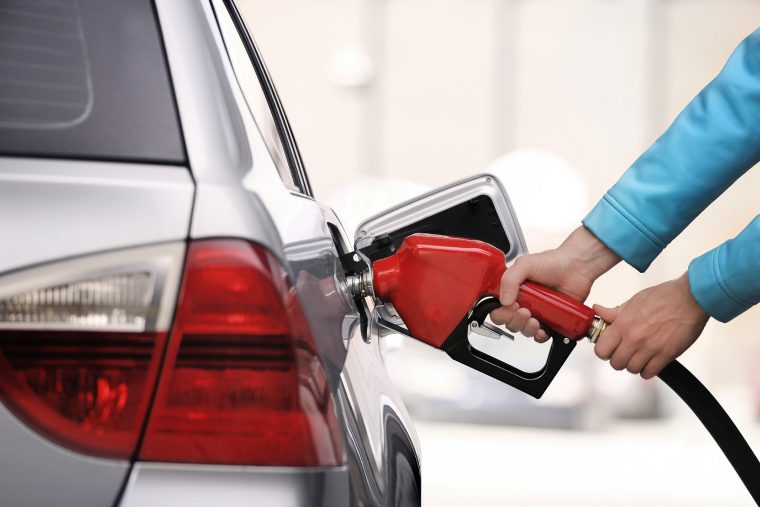Winter Takes a Toll on Your Gas Tank
Whether you consider winter to be a magical frozen wonderland or more of an ice-covered and chilly nightmare, cold weather is an energy suck, requiring more power from heating systems in homes and fuel from vehicles.
“Fuel economy tests show that, in short-trip city driving, a conventional gasoline car’s gas mileage is about 12 percent lower at 20 degrees Fahrenheit than it would be at 77 degrees Fahrenheit. It can drop as much as 22 percent for very short trips (three to four miles),” according to FuelEconomy.gov. “The effect on hybrids is worse. Their fuel economy can drop about 31 percent to 34 percent under these conditions.”
The drop in temperature outside means your car has to work harder to operate. Running the heat, defroster, and if you’re lucky enough to have them—heated seats—take a lot of power, according to FuelEconomy.org, and if you take time to warm up your car before you hit the gas—aka idling—you’re sacrificing your fuel economy as well.
Plus, the essentials needed to keep your engine running properly are hindered by Old Man Winter’s wrath.
“Engine and transmission friction increases in cold temperatures due to cold engine oil and other drive-line fluids,” reports FuelEconomy.gov. “It takes longer for your engine to reach its most fuel-efficient temperature. This affects shorter trips more, since your car spends more of your trip at less-than-optimal temperatures.”
Your tires have a hard time handling the stress of cold weather, too and will lose proper air pressure due to cold temps. And, if hasn’t happened to you, you’ve probably noticed drivers struggle with dead batteries more often during winter.
“Battery performance decreases in cold weather, making it harder for your alternator to keep your battery charged. This also affects the performance of the regenerative braking system on hybrids,” reports FuelEconomy.gov.
Winter also requires slower driving speeds for safety and challenges your tires ability to handle slick roads, and if you utilize four-wheel drive, your fuel supply will be drained quicker, too, according to FuelEconomy.gov.
News Source: FuelEconomy.gov

The News Wheel is a digital auto magazine providing readers with a fresh perspective on the latest car news. We’re located in the heart of America (Dayton, Ohio) and our goal is to deliver an entertaining and informative perspective on what’s trending in the automotive world. See more articles from The News Wheel.


